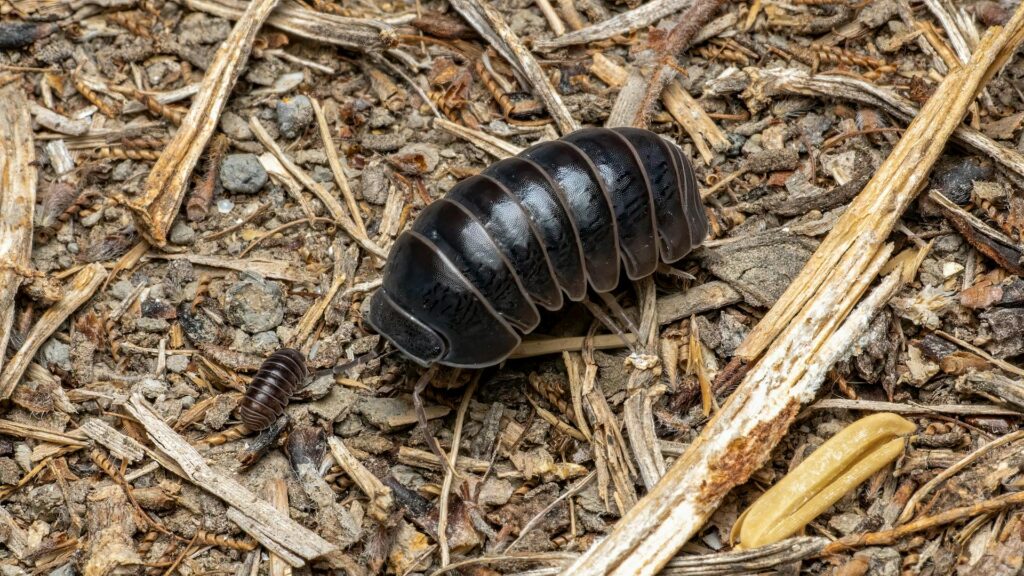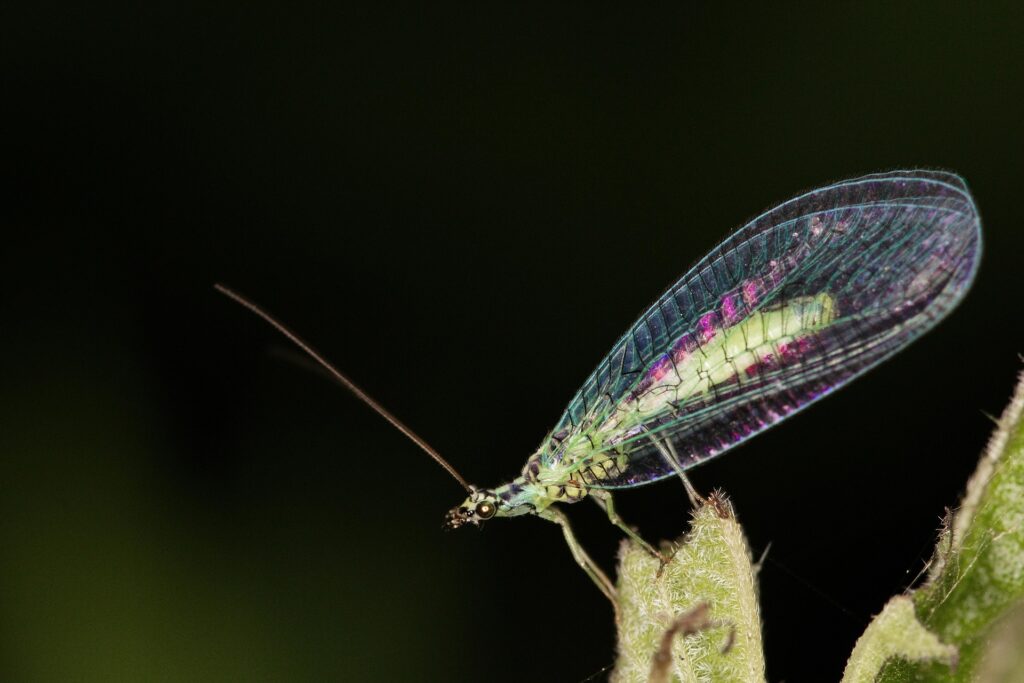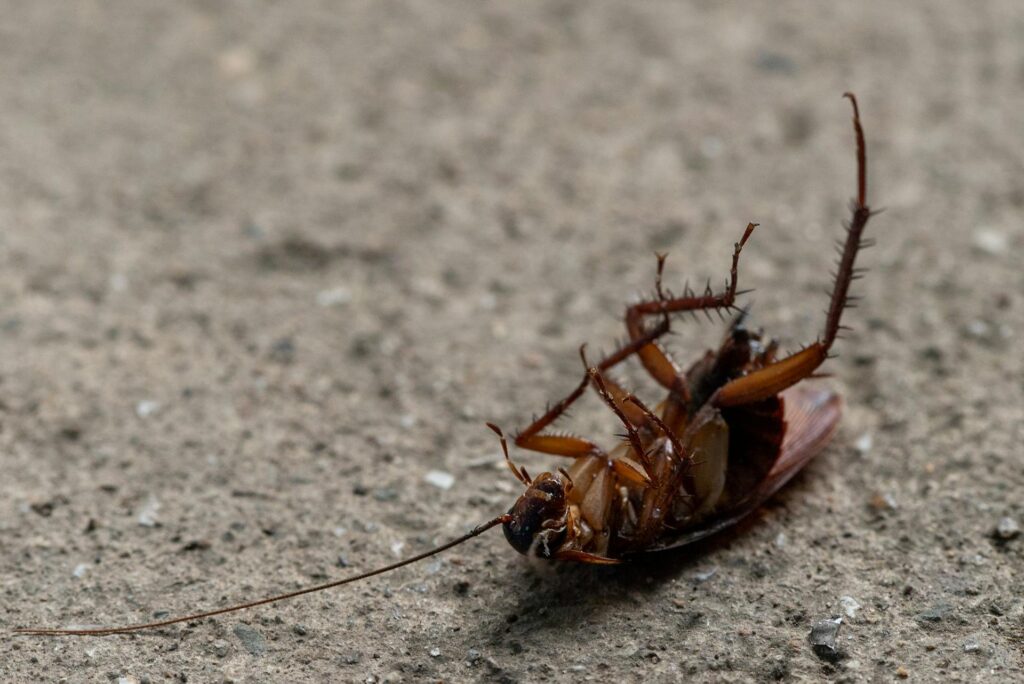You notice delicate strands of silk stretching across the ceiling corner above your dining room table. Within days, a small spider has constructed an intricate web in this seemingly random location, catching the occasional fly while remaining largely undisturbed by household activities. Despite maintaining excellent housekeeping standards and wondering how this uninvited resident selected this particular spot, you’re witnessing a carefully calculated decision based on specific environmental factors that make corners irresistible to web-building spiders.
This common scenario illustrates why effective spider control requires understanding the complex factors that drive spider behavior and habitat selection. Spiders don’t randomly choose web locations—they actively evaluate environmental conditions, food availability, and safety factors that corners uniquely provide. Understanding these attraction mechanisms helps explain why certain areas consistently develop spider problems while guiding more targeted prevention strategies.
What Do Spiders Need to Survive?
Successful indoor spider establishment requires four essential survival elements that determine whether your home becomes attractive to these eight-legged invaders. Understanding these requirements helps homeowners identify and modify conditions that inadvertently support spider populations.
Essential survival requirements:
- Food sources: Spiders require consistent access to insects including flies, mosquitoes, ants, moths, and other small arthropods that serve as primary nutrition sources.
- Protective shelter: Secure locations offering protection from predators, environmental threats, and human disturbance activities.
- Moisture access: While not requiring daily water consumption, spiders seek environments with adequate humidity and occasional moisture availability.
- Undisturbed territories: Stable locations where web construction and hunting activities can proceed without frequent interruption.
Indoor environments that satisfy all four requirements become prime spider habitat, explaining why certain homes experience persistent spider activity despite regular cleaning efforts. These conditions often exist simultaneously in specific areas, creating concentrated attraction zones that consistently draw spider populations.
Why Corners?
Corners represent ideal convergence points where multiple attraction factors combine to create optimal spider habitat conditions. Understanding why these architectural features prove so appealing helps explain persistent corner web problems and guides targeted elimination strategies.
Corner advantages for spiders:
- Structural support: Two intersecting walls provide multiple anchor points enabling secure web attachment and construction stability.
- Air flow protection: Corner locations experience minimal air movement that could damage delicate web structures or interfere with prey capture.
- Reduced disturbance: Most corners remain undisturbed by routine household activities, providing security for web construction and maintenance.
- Shadow zones: Corners typically maintain darker conditions throughout daily light cycles, offering concealment from predators and human observation.
- Prey concentration: Flying insects often become trapped in corner air currents, creating natural concentration zones for spider feeding opportunities.
Corners near windows, doors, or ventilation systems offer additional advantages by intercepting insects entering from outdoor environments. These locations provide both shelter and access to food sources that flow through natural entry points, making them premium real estate for opportunistic spiders.
What Else Draws Spiders Indoors?
Beyond corner preferences, several environmental factors influence spider decisions to establish indoor populations. These attraction elements often work together to create compound appeal that draws spiders from outdoor environments into residential spaces.
Primary attraction factors:
- Abundant prey populations: Existing infestations of flies, ants, cockroaches, or other insects create reliable food sources that attract hunting spiders.
- Moisture-rich environments: Bathrooms, laundry rooms, basements, and areas with plumbing leaks provide humidity conditions preferred by many spider species.
- Clutter and storage areas: Accumulated boxes, unused furniture, and storage materials offer numerous hiding places and web attachment points.
- Structural access routes: Foundation cracks, damaged weather stripping, gaps around utility penetrations, and compromised window seals enable easy indoor access.
Temperature changes, heavy rainfall, and drought conditions drive outdoor spider populations toward indoor environments offering more stable conditions. During these periods, homes with existing attraction factors experience increased spider pressure as outdoor populations seek alternative habitat options.
Spider Hotspots in the Home
Certain areas within homes consistently attract spider activity due to environmental characteristics that align with spider survival requirements. Identifying these high-risk zones enables targeted monitoring and prevention efforts.
Common spider hotspots:
- Basements and crawl spaces: Cool, humid conditions with minimal human traffic create ideal habitat for moisture-loving species.
- Bathrooms: Steam, humidity, and corner spaces near plumbing provide both moisture and shelter requirements.
- Attics and storage areas: Undisturbed environments with abundant hiding places and occasional insect activity.
- Garages: Direct outdoor access combined with storage clutter and limited climate control.
- Kitchen areas: Attracted insects from food sources create feeding opportunities, especially near waste disposal areas.
Look for fine silk strands in corners, small egg sacs attached to surfaces, shed spider skins indicating molting activity, and dead insects caught in webs. These indicators suggest active spider populations requiring intervention before reproduction expands the problem..
Spider Prevention Tactics
Reducing spider attraction requires systematic approaches addressing the environmental conditions that make indoor spaces appealing to these pests. Comprehensive prevention focuses on eliminating attraction factors rather than simply removing visible spiders.
Environmental modification techniques:
- Moisture control: Use dehumidifiers in basements and bathrooms, repair plumbing leaks promptly, and improve ventilation in humid areas.
- Clutter reduction: Store items in sealed plastic containers rather than cardboard boxes, maintain clear spaces around storage areas, and eliminate unnecessary accumulations.
- Access point elimination: Seal foundation cracks, install door sweeps, repair damaged screens, and caulk gaps around windows and utility penetrations.
- Lighting modifications: Replace outdoor lights with yellow bulbs that attract fewer insects, position lighting away from entry points, and use motion sensors to minimize constant illumination.
Establish regular vacuuming schedules targeting corners, ceiling lines, and baseboards where webs typically develop. Remove egg sacs immediately upon discovery and maintain consistent cleaning routines that disrupt spider establishment attempts.
Are Spiders Dangerous?
While most indoor spiders pose minimal threats to human health, understanding basic safety principles helps prevent unnecessary risks while managing spider populations effectively.
Most common house spiders and jumping spiders provide beneficial pest control services by consuming harmful insects. However, some species including black widow spiders and brown recluse spiders can deliver medically significant bites when disturbed or threatened.
Avoid direct handling of unknown spider species, use tools or vacuum attachments for removal activities, and seek professional identification for unusual or concerning specimens. When in doubt, professional pest control services can provide species identification and appropriate management recommendations.
Final Tip: Prevention Over Panic
When dealing with persistent corner spider problems despite implementing prevention strategies, Aptive’s pest control experts can help. Our pest control service will perform a detailed inspection to assess the situation and develop a customized treatment plan based on the specific environmental factors attracting spiders to your corner locations. We’ll identify whether you’re dealing with moisture issues, structural access points, prey insect populations, or habitat conditions that consistently draw spiders to these areas.
If you’re finding recurring spider webs in corners despite regular cleaning and basic prevention efforts, contact Aptive today for a free quote. Our experts will evaluate your specific environmental conditions and structural vulnerabilities, recommending the most effective solutions to eliminate current spider populations and prevent future corner colonization through comprehensive habitat modification strategies.
Common Questions About Spiders
Here are common questions homeowners ask about spiders in indoor corners.
Q: Do all spiders build webs in corners?
Not all spider species build webs—many are active hunters that roam freely without constructing permanent webs. However, web-building species strongly prefer corners because they provide optimal anchor points and protection for delicate web structures. Wolf spiders and jumping spiders may use corners as hiding spots but don’t build webs there. The spiders you typically see in corners are web-builders like house spiders, cellar spiders, and orb weavers.
Q: How quickly do spiders establish in corners?
Web-building spiders can construct functional webs in corners within 24-48 hours under favorable conditions. Once established, they may maintain and expand the same web for weeks or months, depending on food availability and disturbance levels. If you remove a web but don’t address underlying attraction factors, new spiders often reestablish in the same corner within days, as the location continues to offer optimal habitat conditions.
Q: Will cleaning corners prevent spider problems?
Regular corner cleaning disrupts spider establishment and removes existing webs, but cleaning alone won’t solve persistent spider problems if attraction factors remain. Spiders return to corners that offer food sources, moisture, and shelter. Effective prevention requires combining regular cleaning with moisture control, pest management to eliminate prey insects, and sealing access points that allow outdoor spiders to enter your home.









